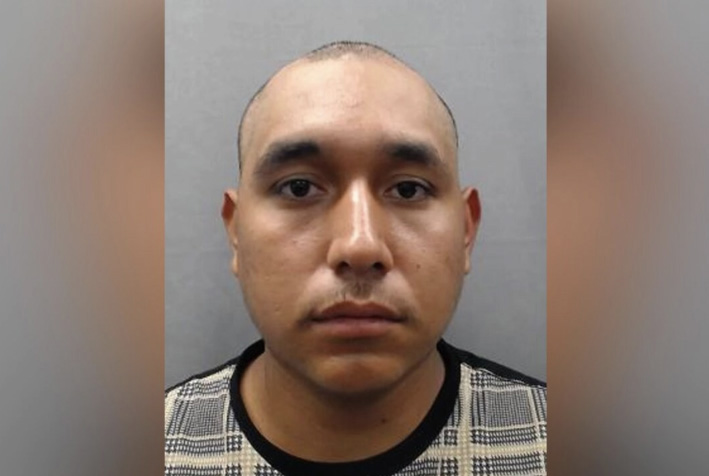UPDATE: New York City has achieved a significant milestone in its battle against drug overdose deaths, with a startling 28% decrease reported for 2024. The latest data from the city’s health department reveals that 2,192 people lost their lives to accidental drug overdoses last year, down from 3,056 deaths in 2023. This urgent development, released just yesterday, indicates a crucial shift in what has been a devastating crisis.
This decrease mirrors a national trend, highlighting that while progress is being made, challenges remain. Mayor Eric Adams expressed cautious optimism, stating,
“Progress on reducing opioid overdoses will never make up for the families that have been devastated, but it gives us hope that brighter days are ahead.”
The city’s latest statistics show that overdose deaths began to stabilize in 2023 after four consecutive years of record highs. The report also notes that for the first time since 2018, overdose deaths among Black and Latino New Yorkers have declined, with every borough reporting fewer fatalities. However, stark disparities persist, particularly in the Bronx, where the overdose death rate remains more than double that of Manhattan, despite a 24% decrease in deaths last year.
Community advocates, like Marilyn Reyes from Vocal NY, voiced concerns over the ongoing challenges faced in the Bronx, stating,
“My borough’s devastated with the overdose deaths. The city must continue their investment in solutions that work.”
Reyes emphasized the need for continued harm reduction efforts to prevent further loss in marginalized communities.
In a positive trend, Staten Island experienced a remarkable 49% decline in overdose deaths, showcasing a potential model for success. However, advocates warn that the unpredictable illegal drug supply could jeopardize this progress. Toni Smith, state director for the Drug Policy Alliance, cautioned that while the decline is encouraging,
“There’s no guarantee that a trend downward this year means a trend downward next year.”
The urgency of addressing this crisis is underscored by the city’s HealthyNYC project, which aims to cut annual overdose deaths to 1,812 by 2030. Although recent federal cuts threaten public health initiatives, New York City has received approximately $190 million from legal settlements with opioid manufacturers, with projections estimating that figure could reach $550 million by 2041.
Mayor Adams has highlighted the administration’s commitment to funding treatment programs, allocating $41 million in fiscal year 2025 to combat the overdose crisis. Additionally, the administration’s support for two overdose prevention centers allows users to consume drugs under supervision, a model that advocates argue needs expansion, despite its legal uncertainties.
As the city prepares for a new mayoral administration, the incoming leadership will face the critical task of continuing this momentum. Candidates have differing views on overdose prevention centers, highlighting the contentious nature of this issue in the upcoming election.
The recent data release not only marks a pivotal moment for New York City’s public health efforts but also serves as a stark reminder of the ongoing challenges within the community. Advocates stress the need for sustained investment in harm reduction and treatment options to ensure that the progress made thus far does not reverse.
The developments in New York City are a call to action for city leaders and community members alike as they work to build a safer and healthier future. As the situation evolves, all eyes will be on how the new administration responds to these urgent needs and whether the downward trend in overdose deaths can be maintained.







